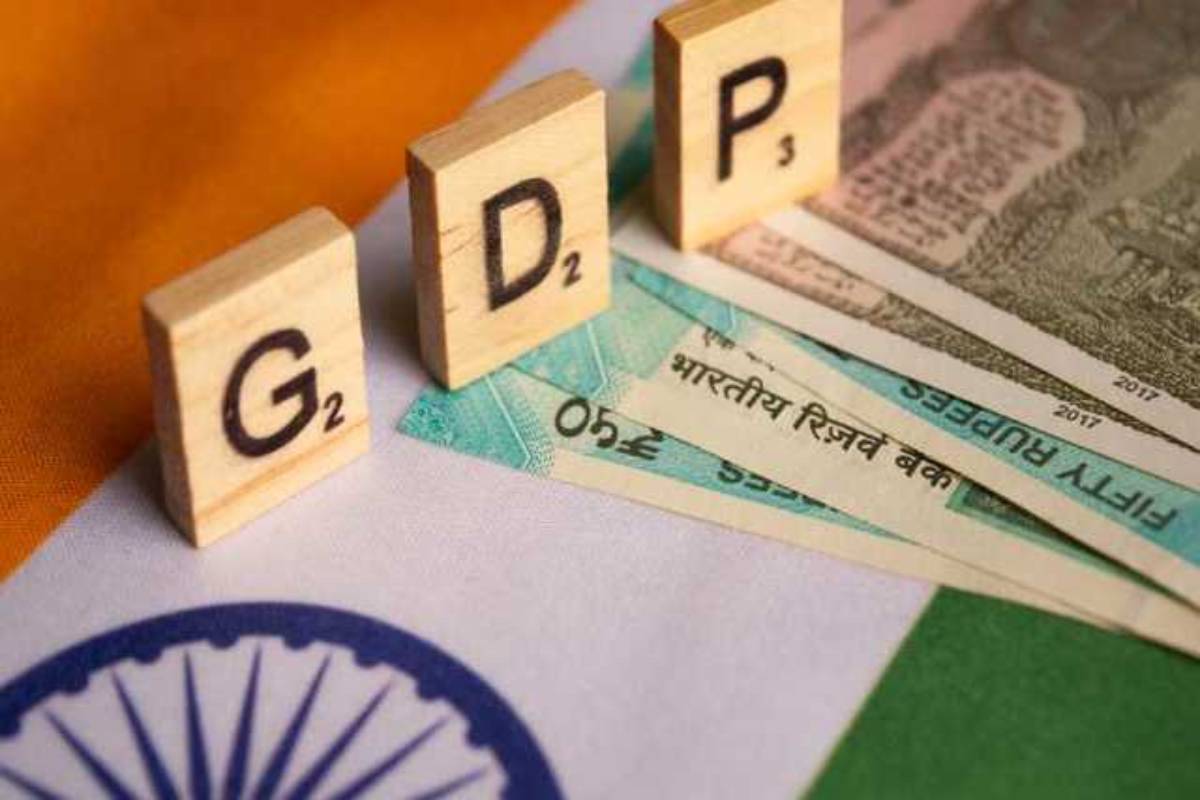Silver Dividend
India stands at a demographic crossroads. While much attention has been given to its youthful population, the country is also witnessing a significant rise in its elderly demographic.
India’s economic growth, celebrated in aggregate terms, hides an uncomfortable truth: much of this progress has bypassed the majority of the population, particularly in rural areas.

Representation image (File photo)
India’s economic growth, celebrated in aggregate terms, hides an uncomfortable truth: much of this progress has bypassed the majority of the population, particularly in rural areas. Despite being one of the world’s largest economies, India ranks poorly in per capita income, a stark reminder that GDP growth alone does not equate to widespread prosperity. This widening economic gap has real implications, most notably in terms of demand ~ the very engine of sustainable growth. Recent analyses point to stagnant rural wages, a persisting issue that has kept the purchasing power of millions at a minimum.
Surveys show that the average income for a rural earning person is less than Rs 35,000 a year, or about Rs 2,886 per month. This is barely enough to cover basic needs for an earning person’s family, leaving little room for discretionary spending that could stimulate demand in other sectors of the economy. In fact, a large part of household expenditure in rural India goes towards food ~ nearly 40 per cent ~ reflecting the immense burden of basic costs. Even as the urban middle class begins to feel the strain of stagnant wages, the situation in rural areas is far more concerning. This demand deficit is now reverberating across the broader economy.
Advertisement
Consumption data reveals that rural and low-income urban households spend less than Rs 3,000 and Rs 5,000 per capita monthly, respectively, underscoring a sharp divide in consumer power. Even among salaried urban workers, incomes are modest, with casual labourers faring far worse. Without income growth to support rising aspirations, spending power remains subdued, creating a cycle of low demand that impacts businesses and, ultimately, economic growth. India’s challenge, therefore, is not just about growth, but about inclusive growth. Job creation, particularly in rural areas, is essential. The current trend toward increased informalisation ~ with more people in unstable jobs or self-employment ~ further erodes income stability and social mobility.
Advertisement
A reverse shift toward agriculture for many rural workers points to a structural imbalance, where opportunities outside traditional sectors are insufficient to absorb the workforce. Quality employment must be at the heart of economic policy if India is to break this cycle. While social protection programmes like the Public Distribution System (PDS) offer temporary relief, they are not enough. Expanding welfare support or increasing investments in rural employment schemes could be a start. However, true change will come from policies that promote equitable wealth distribution and build an economy where quality jobs are accessible to all. India’s trajectory toward becoming a global economic powerhouse is promising, but it must also address internal inequalities that threaten long-term stability. By focusing on income growth and job quality, the country can create a sustainable foundation for demand-driven growth that benefits every segment of society. Only through this shift toward an inclusive and employment-centred policy can India ensure that its economic gains translate into real progress for all people.
Advertisement